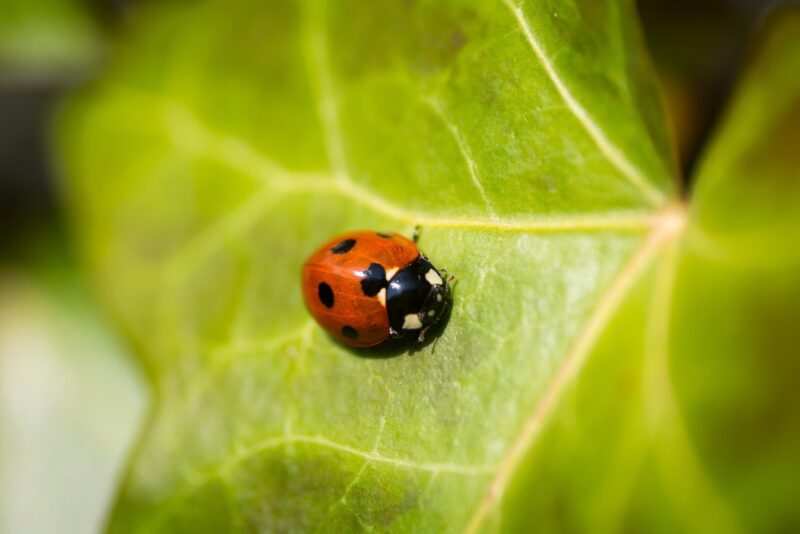How to attract insects to your garden
Essex Country Park rangers Tom Heenan and Laura Howles on how to attract insects to your garden.
98% of all animals alive today are invertebrates (animals without a backbone), and the vast majority of these invertebrates are insects! Insects perform a variety of fundamental roles, including pollination, decomposition and providing food for other animals. Sadly their numbers are declining at an alarming rate. Not only is the loss of this remarkable group tragic in its own right, but because insects have such a massive influence on so many other life forms, these declines will have far-reaching consequences, including for us. Fortunately, our gardens can support many different types of insects, and below are a few ideas you can try out.
Plant a Variety of Flowers Different insects have different feeding requirements, so by including a variety of plants in your garden, you’ll be sure to attract a variety of insects. To make your garden as attractive to insects (and humans!) as possible, make sure your planting scheme includes flowers of different colours, heights and shapes. By choosing plants with different flowering times, you will ensure that you have at least one plant in bloom throughout the spring and summer.
Let your Lawns grow Wilder As a nation, we’re very fond of closely manicured lawns, but by cutting your grass less frequently and allowing it to be sprinkled with daisies and dandelions, you’ll increase the wildlife value instantly.
Dig a pond Installing a pond is one of the best ways to attract wildlife to your garden, including insects. Not only do ponds provide drinking water for our wildlife, but the vegetation is a food source, and the pond itself is a home to many aquatic animals. When we think of insects, we tend to think of them crawling or flying around, but a lot of insects start their lives in water, including dragonflies, damselflies and caddisflies. To make your pond as wildlife-friendly as possible, avoid the temptation to add fish, as they voraciously hoover up insect larvae and tadpoles.
Resource
https://www.buglife.org.uk/campaigns/no-insectinction/
https://www.wildlifetrusts.org/gardening
https://www.discoverwildlife.com/how-to/wildlife-gardening/how-to-build-a-wildlife-pond/
